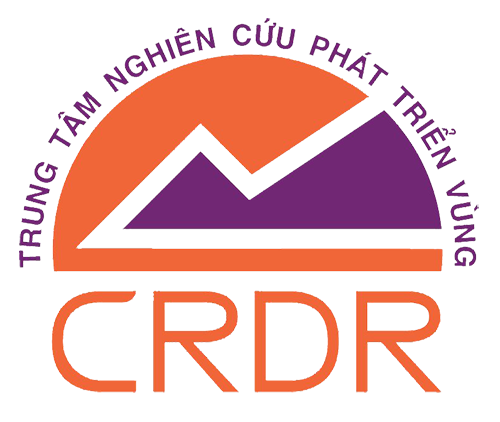dataescape.com/data-security-issues-and-virtual-board-room-for-directors
Working with documents requires collaboration and making the necessary information resources to accomplish work. This is especially crucial when working on big projects that have a lot of moving parts, such as developing software. Documentation ensures that everyone is on the same page and eliminates the time wasted trying to figure out the meaning of instructions.
Most documents, especially those made within professional organizations or environments, follow certain standards and conventions in their creation. This creates an easier and more seamless workflow for documentation and an ecosystem. Documents can be structured, such as tabular or list-based forms and scientific charts, semistructured like a handwritten note or letter or unstructured, such as an online blog post. Documents typically contain a mix of text and non-textual components like tables, images and graphs.
For a successful collaboration in document creation it is recommended to split teams into groups with different permissions and access levels to the documents. This allows each group to focus on its own projects without worrying about accidentally changing or erasing other people’s work. It also includes implementing the concept of version control, which means you can track and restore previous versions of documents. Lastly, it also includes allowing for both the synchronous and asynchronous communications within the document itself. By establishing these types of guidelines, you will be able to ensure that all team members have the most favorable chance of success when they are using the company’s documentation.
